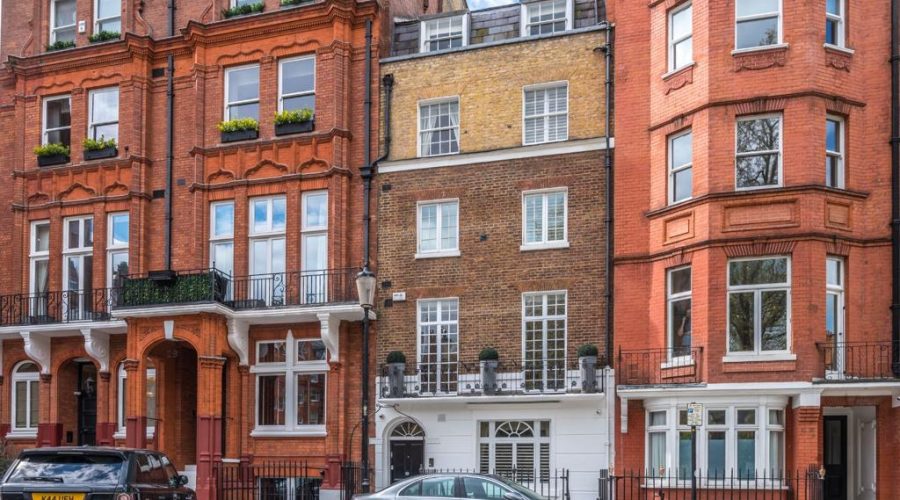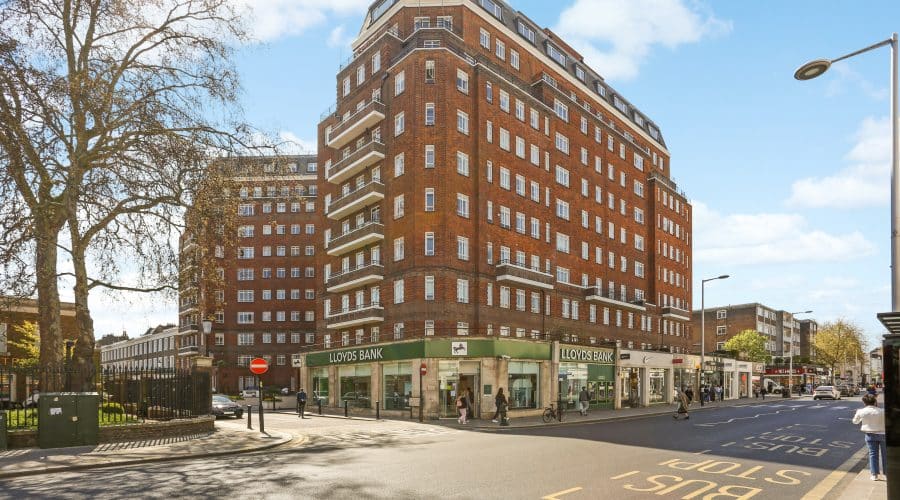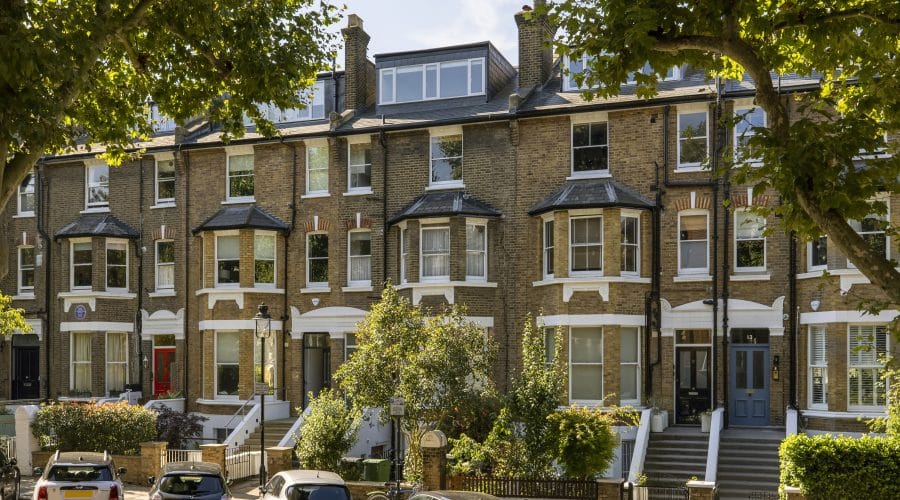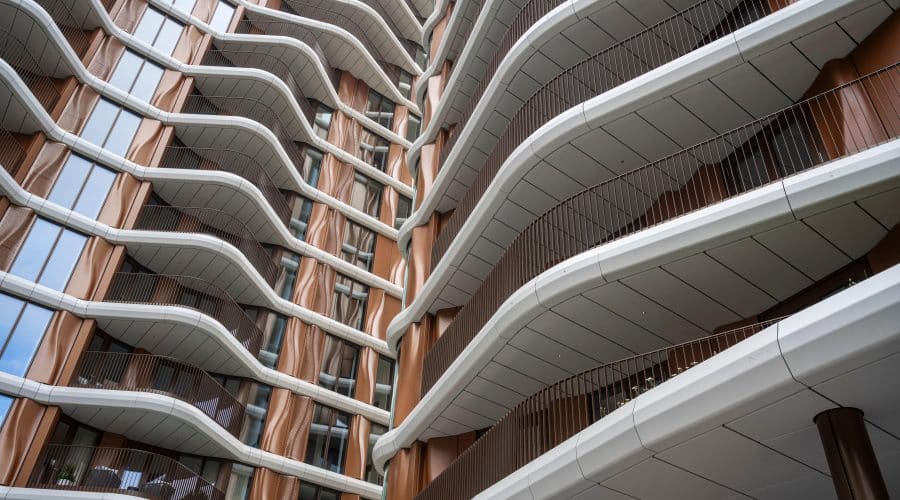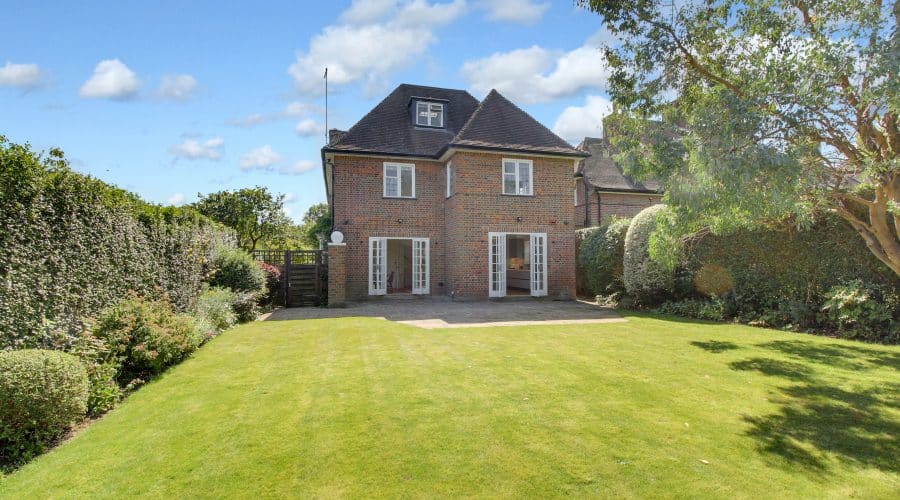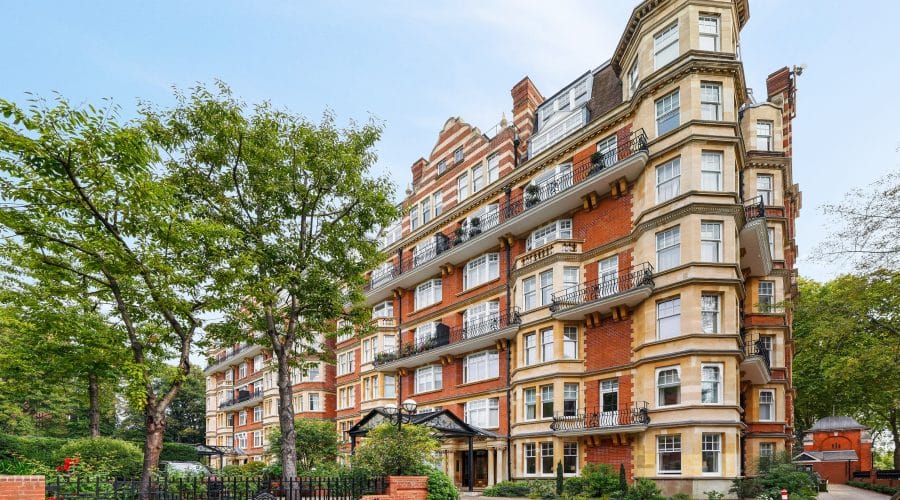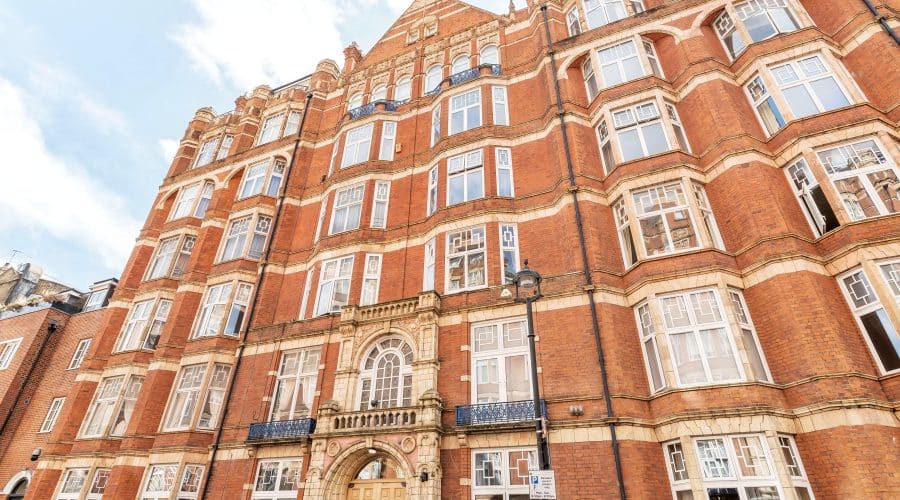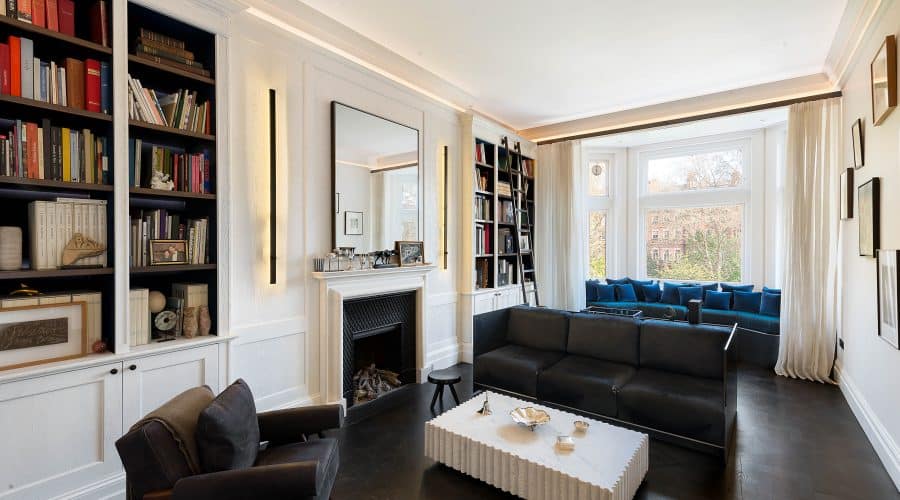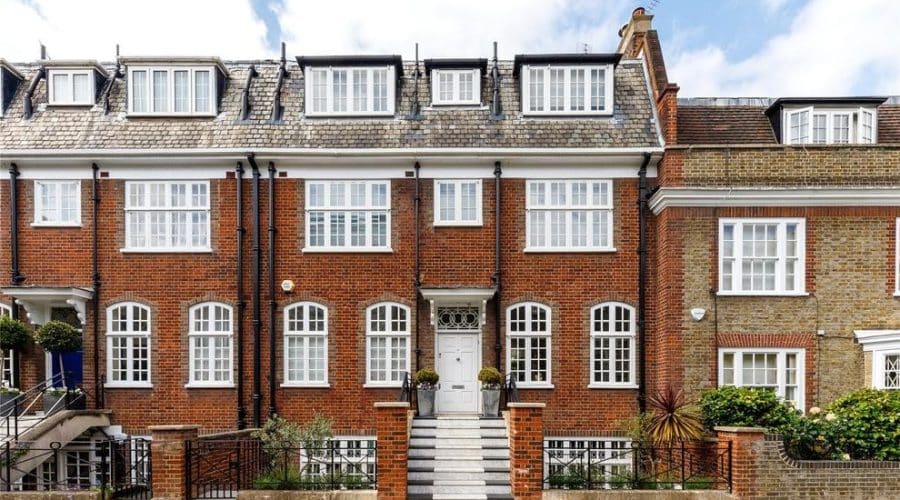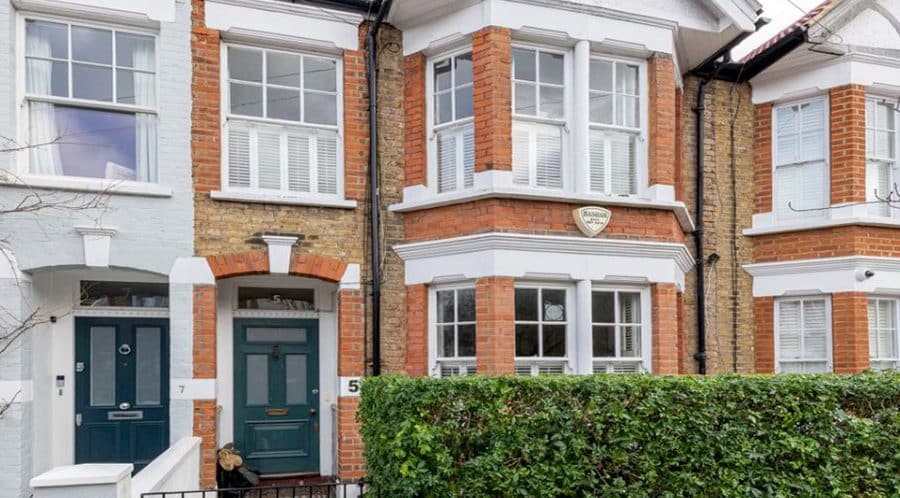Now for the good mews
Enterprising owners, architects and developers are bringing mews houses into the 21st century, with stunning results, says Christopher Middleton
We ought to look down on mews houses. After all, they were designed for horses and servants: inferior accommodation, hidden from view behind the main house. But we don’t. In fact, quite the opposite has happened. London mews are some of the capital’s most desirable addresses: pretty, peaceful and almost uniquely British. Neither are they static pieces of architectural history. Enterprising developers are turning these most traditional of buildings into stunning 21st-century homes, and buyers cannot get enough of them.
Simon Fenwick’s home on Princes Mews, Bayswater, is just such an example. It looks textbook from the outside. Go inside, however, and you walk off the cobbled street into an airy, open-plan room, more modern art gallery than parlour.
Look down, and you can see through a glass floor into the basement; look up, and you can see through a series of transparent stairs and skylights, to the sky. It’s as un-Victorian as you can get, as indeed is the price tag: a shade under £2.7 million. Not that this is London’s most expensive mews house by any means. One is going in Belgravia for £7.5 million, while if you want a big house for yourself and somewhere handy for the servants, then £25 million will secure you a mansion-with-mews combination in Cadogan Square, Knightsbridge.
In fact, such is our love of these peculiar little streets that it’s increasingly hard to find a mews property for less than £1 million, and that’s not just in the more famous postcodes. There is a mews house in North Kensington, next to a petrol station and beneath the Westway flyover. Its price? £1.45 million. Proof, if more were needed, that mews houses are having a Cinderella moment. Estate agents can’t get enough of them on their books.
“Across prime central London, there is a real shortage of mews houses. Competition is fierce,” says Camilla Dell, managing partner at Black Brick, a property-search agency. “We had an Italian client recently who was looking for a secure second home in London, but we found that many apartment buildings wouldn’t accept her dog. In the end, the solution was to buy her a lovely mews house near Hyde Park, for £2.78 million. But we had to pay the asking price and move quickly.”
Many buyers are reaching the same conclusion, also reasoning that the freehold you often get on a mews house is a better bet than the leasehold common with other high-end London residences.
“With a freehold , buyers can lock up and leave the house as they want, because they don’t have a huge annual service charge,” says Alan Waxman. His firm, Landmass, has just spent two years converting a house in Belgrave Mews North. Freeholders also have greater scope for building works. Another factor that sets mews properties apart is just how British they are. New York and Paris boast town houses and apartment blocks the equal of any in London, but they have far fewer mews. For many, this is part of the streets’ appeal, but they are not for everyone. “By and large, most Russian and Middle Eastern buyers don’t wish to be seen buying properties where the horses and servants were once kept,” says Richard Barber, head of W A Ellis.
Oliver Lurot, of Savills, agrees: “These properties appeal most to the English or, at least to anglophiles. We like our own little castle, with our own front door, and not having neighbours stomping around above and beside us. “Foreign buyers only live in a mews house for a short space of time, as a rental. They want the quaint, English life, but for a limited time only.”
Mews living has some drawbacks, of course: chiefly, the lack of a garden and light. Mews used to be famously dingy. Agents in Belgravia or Bayswater speak of the sinking feeling they can get in a mews basement, when the client asks to see what the place looks like when the lights are switched off. Not a problem at Princes Mews, says Simon Fenwick, whose transparent design lets him work in the basement. That said, it took complete gutting and redesign of the house to make that possible. “When I bought this place, it had been let out to students for some years and it was uninhabitable,” he recalls. “There were holes in the roof, and brick floors on which the horses used to stand. “Now there are four floors instead of two, the ceilings in the non-bedroom floors are 2.7 metres high. I have fitted soundproofing all round and spent £25,000 on Danish wood flooring.” As well as all manner of architectural and engineering cunning, and building the street’s only roof terrace on the top of No 48 Belgrave Mews North, the developer Alan Waxman has deployed a series of interior design exclusives: a set of 10 photographs from the collection of the late director Michael Winner, as well as a £40,000 steel-and-crystal glass grandfather clock (only other owner, the Queen).
“When you have a more compact property like a mews house,” he explains, “you provide added value by applying your imagination and by creating extra space.” To this end, he has boosted the square footage from 1,750 to 2,720. “In many ways, designing a mews house is more akin to designing a yacht than a property”, says Oliver Lurot. “You’re working with limited space, and in many cases, you don’t have windows either at the back of the house or the sides.” Often, too, the original structure of the house can be 100 years old or more, adding further complexity.
Not at St Barnabas Mews, in Pimlico, though. This group of eight mews houses was constructed not in 1908, but 2008, on the site of a former antiques warehouse. Walk down St Barnabas Street, SW1, and the only clue to the existence of this new mews is a small, electronically operated gate between numbers 23 and 27, where No 25 should stand. Activate this gate and you find yourself in an extraordinary 21st-century mews. Children play in the cobbled street. Cars are hidden away in a subterranean car park. Press a button first thing in the morning, and your vehicle will be brought to the surface by lift. “Traditionally, mews houses haven’t been attractive to families, because they’re rather small and cramped, and don’t have gardens,” says Sorrel Basher, who works for London’s biggest owner of mews homes, Grosvenor Properties (founded 1677). “Here, though, we have made full use of lateral space. There’s more room inside, and the gated street is safe for children to play in.” Of course, the weekly rent here (£1,800) is 21st, rather than 19th century.
For all their modern adornments, mews houses appeal because they still offer a more old-fashioned way of life. In the heart of prime London, they offer something like an old village street. People know their neighbours, and aren’t constantly disturbed by traffic. “Living here is an extremely sociable experience,” says Simon Fenwick. “There are families dotted up and down the street, we have a proper street party every year. Because it’s a dead end, there are no cars driving through. What’s more, everyone keeps an eye out for each other. They’ll often pop their heads in if they’re passing your front door. It is what London life used to be like. Only without the discomforts.” All the benefits of the capital’s rich history, in short, together with privacy and gorgeous contemporary finishes. Small wonder that the servants’ quarters now belong to the masters.

